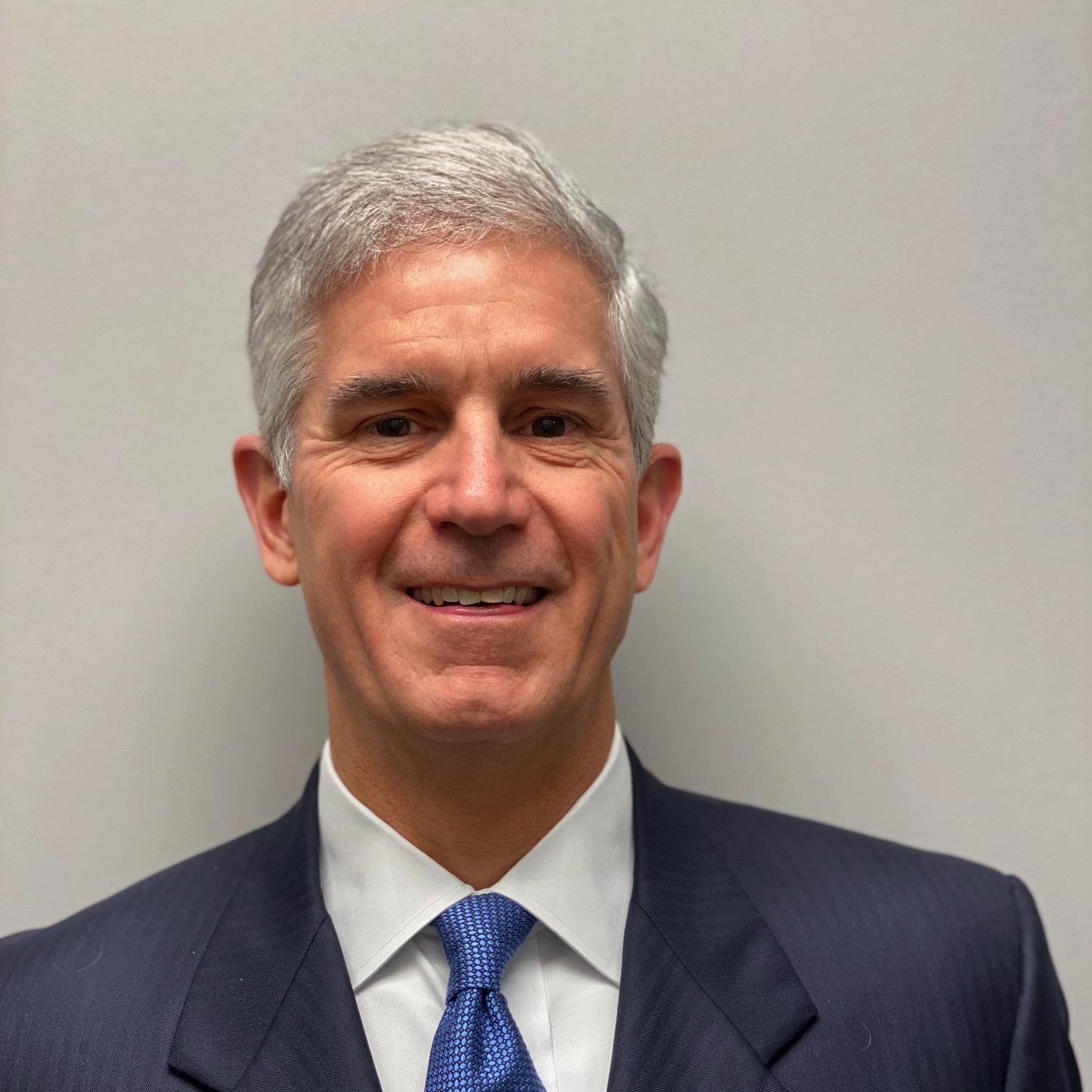- The First Settlement in a GenAI Training Case Has Implications for Content Creators and Business Users
- Act Before the Breakup: Use a Contract to Keep Your Brand Whole
- What Will the New American Revolution of Limiting the Power of the Regulatory State Mean for Businesses?
- What Will the New American Revolution of Limiting the Power of the Regulatory State Mean for Businesses?
- The Copyright Office Issues Its Long-Awaited Report on AI Training Material and Fair Use. Will It Stymie the U.S. AI Industry?
Latest Blog Posts
Twitter, Free Speech, Elon Musk, and Donald Trump – Oh, My!

I’m sure you’ve heard Elon Musk is working on buying Twitter. He has tweeted it is the “de facto public town square” and fails to “adhere to free-speech principles.”
Because the First Amendment applies only to government activity, Twitter is not bound by its free-speech protections. But, as a thought exercise, if Musk purchases Twitter and orders the company to adhere to those protections, what would Twitter’s policy be?
Case law has established speech categories that generally receive no First-Amendment protection, meaning the government can ban or punish it and civil lawsuits can seek damages over it. These categories of non-protected speech include:
• true threats (political hyperbole doesn’t count),
• fighting words (words “likely to provoke the average person to retaliation”),
• incitement to imminent lawless action,
• child pornography and other obscenity,
• sensitive national security information,
• defamation,
• heckler’s veto (e.g., shouting down a speaker at a college event),
• false advertising to consumers and fraud,
• copyright and trademark infringement, and
• speech integral to criminal conduct (for example, impersonating a police officer).
Other types of speech are protected even though they are controversial, such as “misinformation” and “hate speech.”
“Misinformation” is a politically loaded term because what someone calls false information might be truth to somebody else. Stepping past that divisiveness, speech may be restricted based on falsity only in some narrow situations, such as fraud, false advertising, or defamation. Those claims are hard to prove. The First Amendment protects saying things that go against dominant public opinion or purported scientific consensus as to what is true, such as concerning vaccine safety, global warming, and gender issues.
“Hate speech” can be punished only if it rises to be a true threat, fighting words, or incitement to imminent lawless action. Outside of those narrow exceptions, speech is protected against governmental censorship even if it may be perceived by an interest group as hateful, derogatory, exclusionary, racist, sexist, or many other kinds of “-ist” or “-phobic.”
If Musk adopts First Amendment law as Twitter policy, he must also consider public figures blocking undesirable comments in response to their tweets. Donald Trump was successfully sued for blocking accounts of those who criticized him in comments on his official Twitter account because a federal court held his account constituted an official government account, and thus, the comments section was a public forum.
Whether Musk makes First Amendment law into Twitter policy should be at his discretion. Donald Trump was among a group of plaintiffs who sued Twitter for a suspension or termination of their accounts claiming that Twitter cut them off at the behest of government officials. Trump lost that case. The First Amendment prohibits private censorship if the government is the ultimate cause of the censorship, such as the government using coercion or threats to cause private censorship. Trump and his fellow plaintiffs failed to prove such government compulsion.
Yet, with social media such as Twitter, it’s best not to look at speech as just protected or banned. There is so much a social-media company can do to amplify or bury speech without banning people or deleting posts.
For example, Twitter can effectively hide your Twitter activity without telling you it has done so, making your activity hard or impossible for others to see. This is called “shadowbanning” (usually spelled as one word). Twitter doesn’t admit to “shadowbanning,” but its terms say it can “limit distribution or visibility of any content.”
Twitter can impose a hard shadowban by preventing your account from showing up in searches or suggestions, by preventing your tweets from showing up in searches, and by preventing others from seeing comments on your tweets. It also can impose a soft shadowban by pushing your tweet replies below the “show more replies” button, where they are less likely to be seen. Some call this “deboosting” or “downtiering.”
An empirical study by a French group published in April 2021 reported about one in every 40 Twitter accounts appeared to be shadowbanned to some extent.
And consider the Twitter ranking algorithm. In Twitter, you can click a button so you view tweets from users you follow in reverse chronological order. But, by default, Twitter displays tweets in the non-chronological order set by its algorithm.
You could say Twitter knows what is most interesting to you and elevates it. But you also could fear that Twitter manipulates the information you consume, and thus, what you believe. Musk has tweeted that the Twitter algorithm should be “open-source” and warns it could be used for psychological manipulation.
Even if Musk is a free-speech maximalist in running Twitter, he would have to continue other content control. He would still have to fight spamming and some bot tweeting. Also, he likely would not permit unlimited trolling (frequently getting into disputes or harassing others) because it’s bad for business.
Musk’s SpaceX venture flies “Falcon” rockets and uses “Raptor” engines. Let’s see how high he dares to soar into free speech with a little blue bird.
Written on May 18, 2022
by John B. Farmer
© 2022 Leading-Edge Law Group, PLC. All rights reserved.



